- 1. What is Packrafting?
- 2. How to Packraft Like a Pro?
- 2.1. Packraft Paddling Skills: is it any different?
- 2.2. How to Inflate a Packraft?
- 2.3. How to Choose the Best Packraft for You
- 3. Packrafting Gear Checklist
- 3.1. Durable, Quick-Dry Clothing for the Outdoors
- 4. 5 Packrafting Spots to Check Out In Summer
- 5. Hit the Water With Style
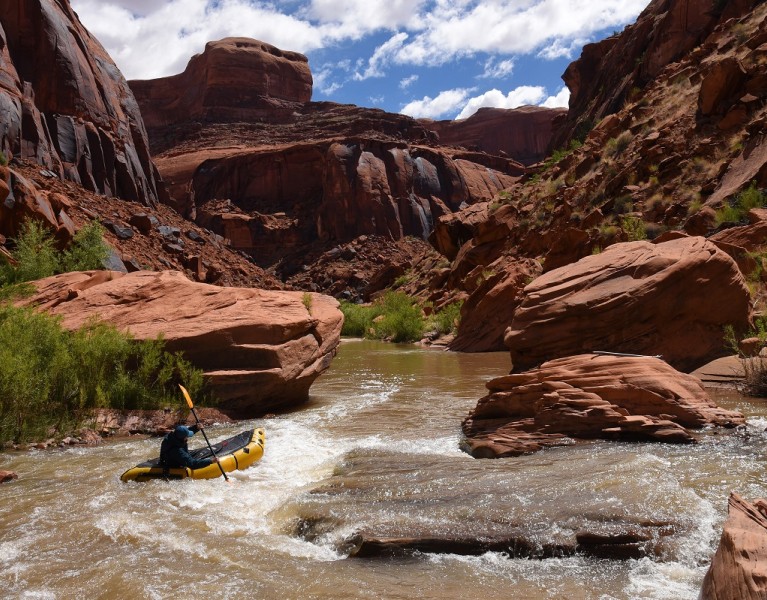
Beginner's Guide to Packrafting (Basics, Gear, Top Spots)
Table of Contents [Show]
Have you ever wondered how your outdoor adventure would turn out to be if a hiking trail led you to a riverbank and you had a way to paddle downstream, carrying your gear with ease? Well, you're not alone! It's given that some hikers love splashing about in a river while rafting and kayaking, so to us, the best adventures are the ones that have just the right amount of ground-to-water ratio in that one trip.
Well, no more scenic lakes and lifegiving rivers shall be left unexplored - welcome to packrafting; an outdoor experience that combines backpacking and kayaking! On long hikes, modern packrafts replace the impractical and heavy kayaks or water rafts, as they are lightweight, and, well - packable! They allow you to take everything you need for the long trail and nature-provided canals in your backpack.
How cool is that?
With the right mindset and preparedness, packrafting might become your new favorite outdoor activity. Let's take a stroke at the basics in this introductory how-to guide!
What is Packrafting?
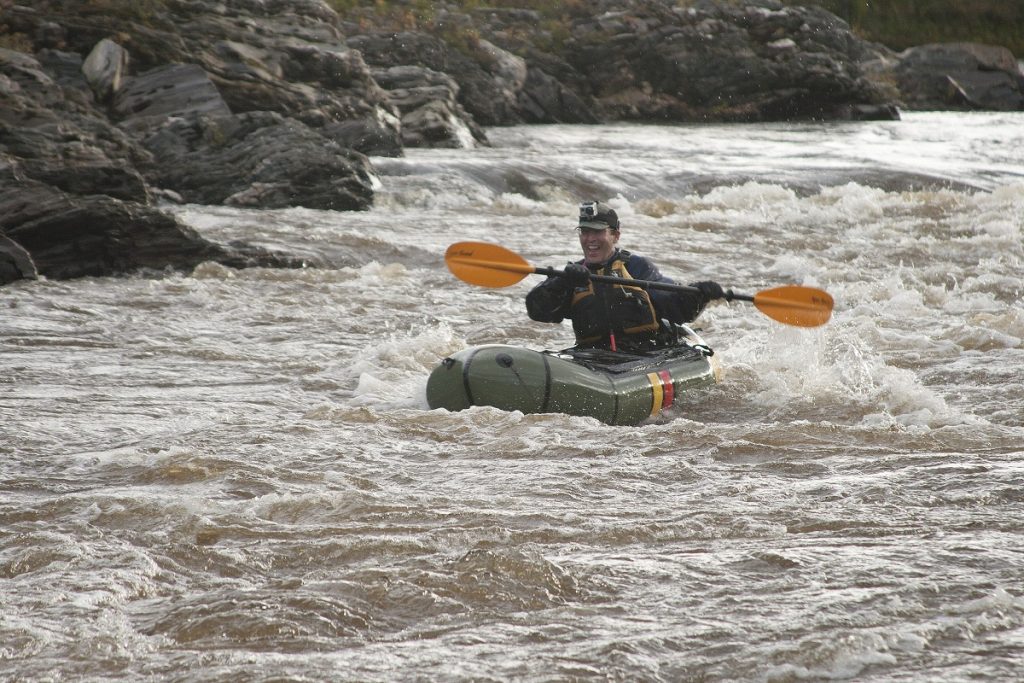
As I mentioned above, packrafting is an outdoor activity that compliments other backcountry pleasures such as hiking, cycling, climbing, and paddling, as it expands the range of explorative possibilities and allows you to bypass difficult terrain and trails you might otherwise not have access to. It requires a packraft - a small, inflatable, portable boat made of durable and lightweight materials, constructed to fit in your backpack just like any other piece of camping gear. Depending on the size and features of a packraft, they can weigh between 3.30 and 13.20 pounds, so the question you should ask yourself is how do you enjoy spending time in the great outdoors?
You should always use packraft to compliment that activity. It won't make much sense to bring a 10-pound boat to your trip if you are an ultralight enthusiast, right?
Whether you are going on a casual hiking trip or multi-day trekking across the breathtaking Alaskan Bush, a modern packraft can be an invaluable tool for many casual nature lovers, seasoned hikers, and even survival enthusiasts. Every year - well, except 2020 - thousands of outdoor enthusiasts gear up across the country and embark on a packrafting adventure.
But how do they do it?
How to Packraft Like a Pro?
There is an endless stream (pun intended) of videos, Instagram photos, articles, and podcasts you can watch or listen to but don't let the idea of packrafting get in the way of you actually deciding to try it out. For starters, you can pair the activity with hiking. Find if your favorite there-and-back trails have a nearby river. You can walk up to the end of the trail, get to the riverbank, inflate your packraft and splash your way downstream for a quick and fun trip back to the trailhead. If you are a mountain biker, packrafts allow you to reach those otherwise inaccessible downhill trails at the other side of a lake. More on bikerafting in a bit!
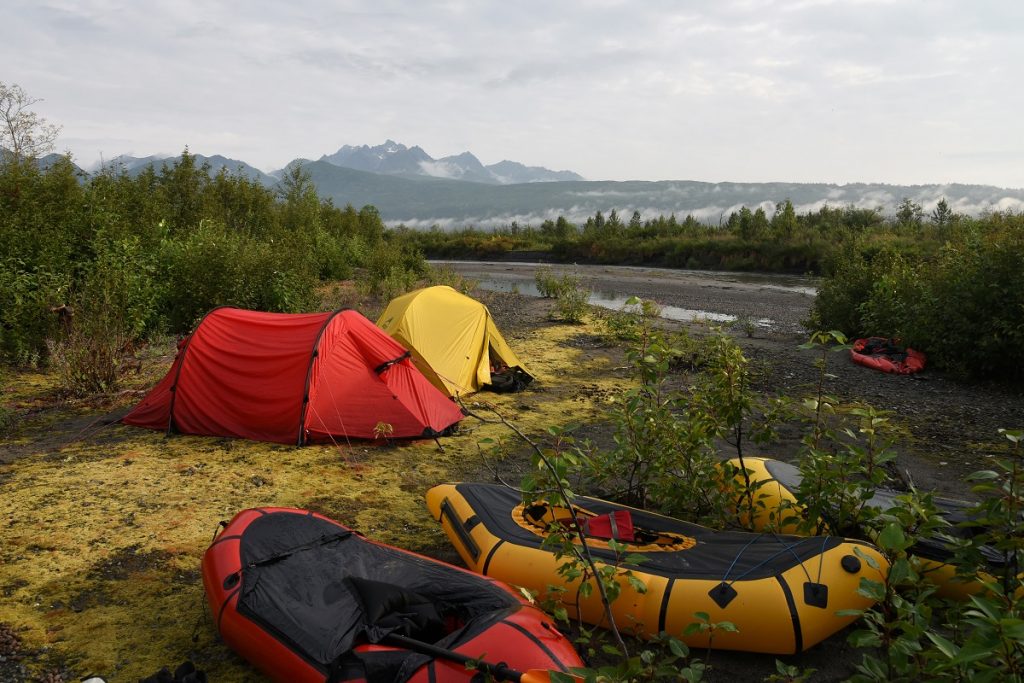
When you feel you are ready for your first trip, start easy. Begin by trying out some well-known spots and save the Colorado rapids for when you're more experienced. Slow-moving rivers and lakes are less demanding can be fun to explore and create a memorable journey. It is a must to pick a trail and location that matches your skills - if you are new, be careful and build your packrafting experience gradually.
Once you pick a location and are ready to start paddling, get a feel for the water current and the terrain. Slowly launch yourself into the water and get a handle of the maneuvering. Each location will be different, so you will have to be adaptive when paddling. Speaking of...
Packraft Paddling Skills: is it any different?
If you don't have experience with kayaking or paddling, it will take a few trips out to completely get comfortable with packrafting, since learning how to paddle has a learning curve. Don't try and tackle rivers with strong currents at the beginning. Keep yourself safe and work your way up to more challenging waters as you get stronger and comfortable with paddling skills.
The best way to ensure your adventure isn't cut short is to bring someone with you, preferably a friend with paddling experience, ideally someone who packrafted before. There are also training courses you can take online or at some of your local outfitter stores. The most important skill you can learn is safety, self-rescue, and general rescue skills.
Don't let this hold you back - you can do it!
However, if you do have the experience, depending on the packraft - you can paddle both kayak and canoe style, with double-bladed and single-bladed paddles, respectively.
How to Inflate a Packraft?
The best and the most simple way to inflate a packraft is with an inflation bag - a lightweight nylon bag in which you manually trap air and then squeeze it out into the raft through a valve. Be mindful of the backflow when you are not forcing the air into the packraft. Iron Raft made a cool timelapse video showing how to inflate a packraft. Notice how the outdoorsman had to blow the air himself to top the raft off. The process takes between 5 and 10 minutes if you are a beginner.
I recommend practicing at home a few times before you adventure out, just to get the feel of it. By using the bag, you save up on packing weight compared to heavy air pumps for other inflatable rafts.
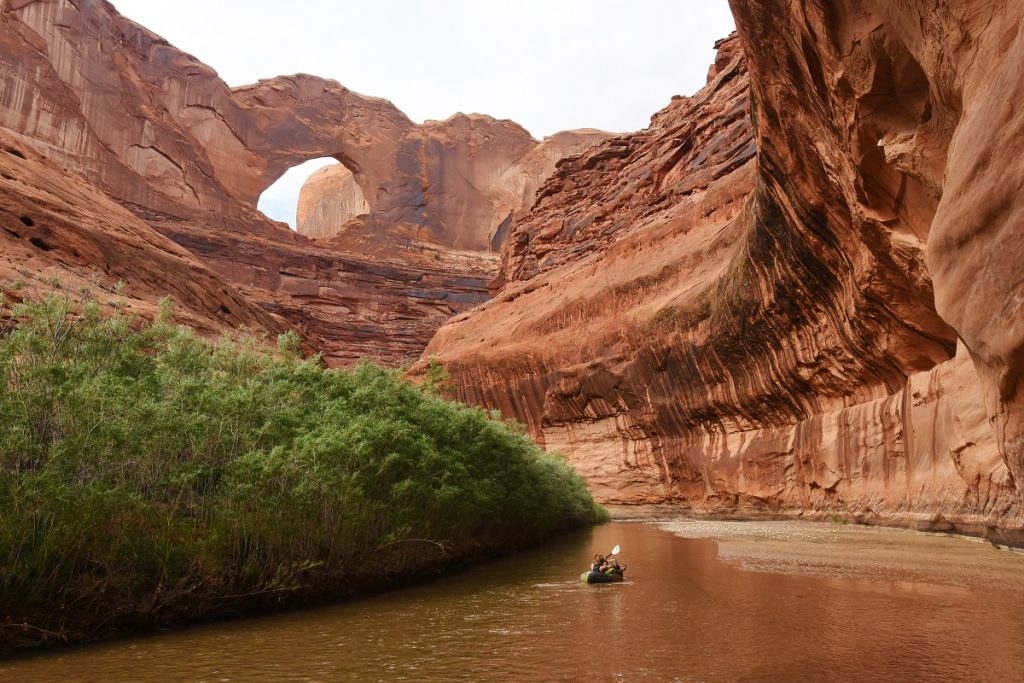
How to Choose the Best Packraft for You
Packrafting is gaining in popularity, so, fortunately, there are plenty of different boats to choose from, the most popular being alpacka packrafts - designed by Alpacka Rafts, made in Mancos, Colorado.
An alpacka raft comes with a price tag, but browsing online you can easily find the one that works perfectly for your planned activities and budget. Just like kayaks, rafts, and other inflatable boats, there are single and two-person packrafts, so if you plan on going on a trip with a friend or significant other, you can do so with a tandem packraft.
Packrafts vary in weight as they do in size. You can get an ultralight packraft, weighing around 1.5 or 2 to 7 pounds, which is better for longer hiking trips. For more challenging, splashy waters, choose a packraft weighing from 7-pound and above.
It's good practice for beginners to call or email the packraft shop and get expert advice based on where you're going and what you need.
Lastly, there are different configurations for packrafts. There are fly fishing ones for avid rafters and fishers, and heavier and more durable ones made for experienced rafters to take on whitewaters. These packrafts also have some additional gear like thigh straps and a spray deck, so you don't get soaked in rain or while paddling through big rapids.
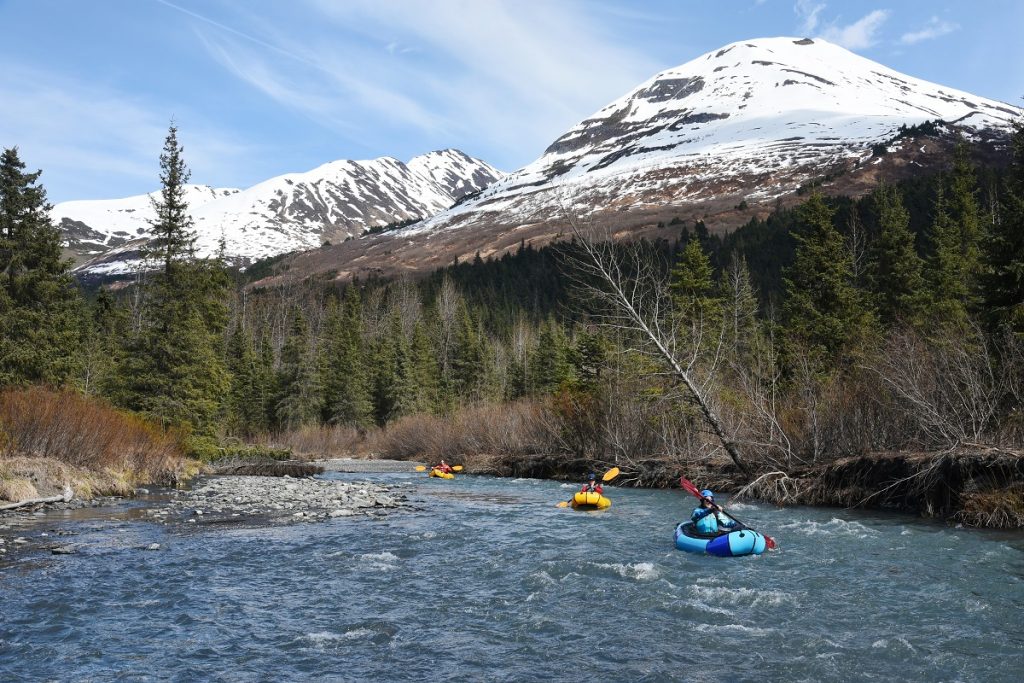
Packrafting Gear Checklist
Here is a basic list of packrafting gear you should take with you on your journey.
- Packraft, of course - Central to the adventure!
- An inflation device - An inflation bag or a pump if you must take one.
- Packraft Paddle - Most packrafts come with a four-piece paddle you can easily break down. Carbon or fiberglass paddles are the lightest options. If navigating whitewater, make sure your packraft paddle can handle the rapids.
- Repair Kit - Always have a repair kit ready in case you have to patch holes. Most packrafting gear comes with one, if not, we have an article on how to make your own backcountry emergency kit.
- Personal Floatation Device (PFD) - Whenever on the water, make sure to always wear PFD. This way you'll keep yourself safe and prevent the dangerous consequences of unpredictable events that can occur anytime, for any reason whatsoever.
- Helmet - It keeps your head safe while you explore the wilderness.
- Packable Food - For your aqua-bound adventures, it's a good idea to pack light, sealed, pre-made, deliciously good backpacking food you can cook in 10 minutes and that can keep even the USSF satiated.
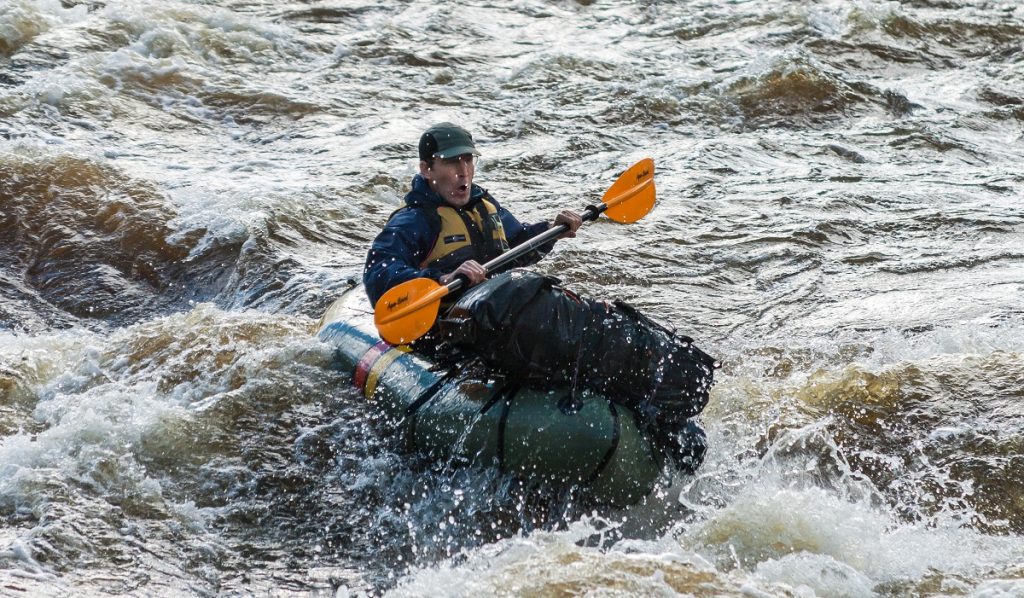
Durable, Quick-Dry Clothing for the Outdoors
Like backpacking and biking, packrafting can be an intensive outdoor activity, no matter the terrain or weather. The best you can do to avoid excessive sweating and being uncomfortable all day is to pick top-quality outdoor clothing - especially during summer.
Consider packing lightweight, breathable clothing designed for the challenge that allows a full range of motion while you paddle. Look for quick-dry and water-resistant features - these are essential in case of a sudden rain shower or just a big splash that hits you while you're paddling.
For example, water-resistant pants and quick-dry shorts like Mutiny River™ are hands-down best options for packrafting, whitewater rafting, kayaking, and similar water activities.
Don't forget the tops. Your upper body will be in action all the time, so you'll need a shirt that is breathable, quick-drying, and that provides sun protection. In spring and fall, choose a lightweight jacket for an outer layer.
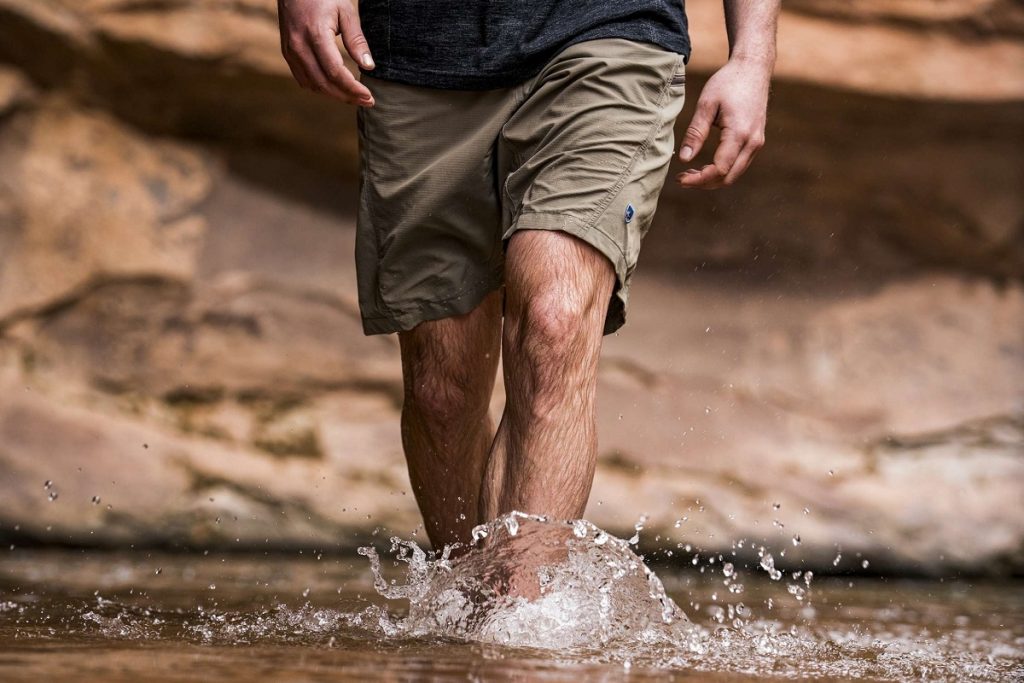
5 Packrafting Spots to Check Out In Summer
Now that you have your packraft, gear and are ready to go, you're going to need some awesome places to visit. Here are the five packrafting trips for an action-packed adventure:
Idaho Springs, Colorado
Idaho Spring's Clear Creek contains beautiful landscapes and both easy and challenging rafting sections to choose from.
Lansing, West Virginia
Raft down River Gorge, one of the oldest rivers in the world. These waters are quite challenging, so this one is for more experienced rafters.
Jackson, Wyoming
Wyoming is one of the most beautiful states in the US. In Jackson, there are a ton of spots perfect for rafting, including the Snake and Hoback rivers.
The Forks, Maine
Way up in Western Maine lays a perfect location for rafting. Popular rafting rivers include Kennebec and Dead River. These rivers are great for a challenging adventure.
Grand Canyon National Park
One of the most popular national parks in the US, Grand Canyon National Park contains tons of rivers accessible to paddlers. Make sure you check the requirements and the most relevant information before the trip.
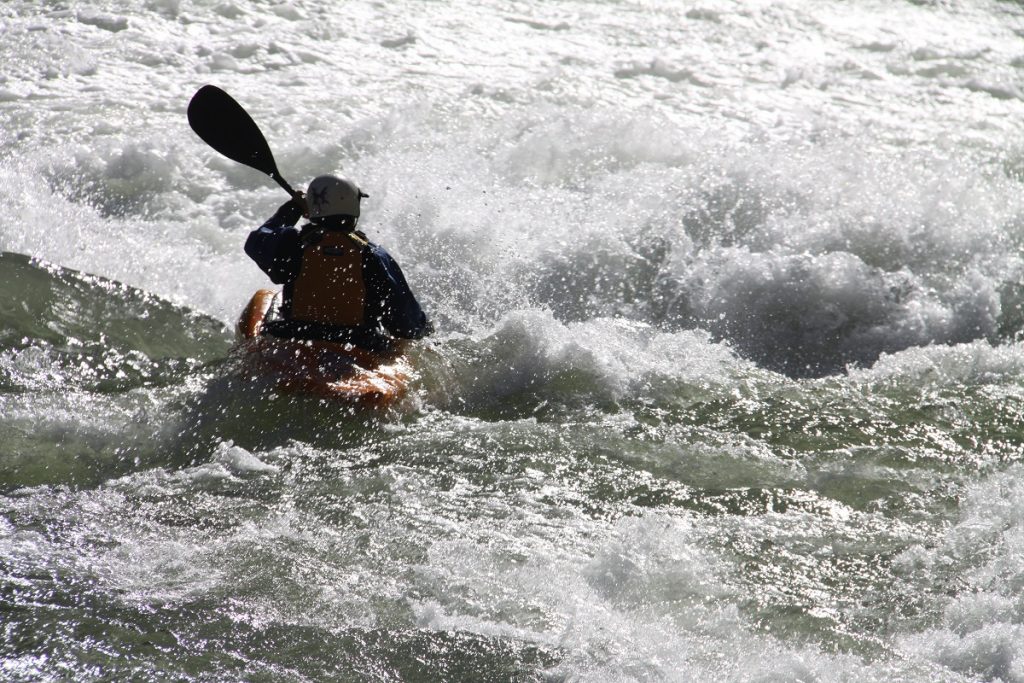
Hit the Water With Style
Here at KÜHL, we blend skill and passion into top-notch outdoor wear for avid adventurers. Ground trails or water rafting, check out our shop and find what you need to head out and have fun. See you on the river!
Featured Image - Packrafting the Escalante River, Utah by Paxson Woelber.


